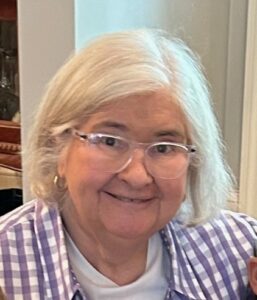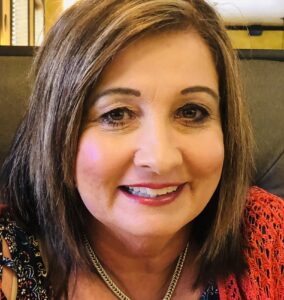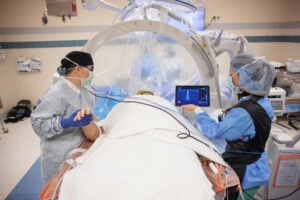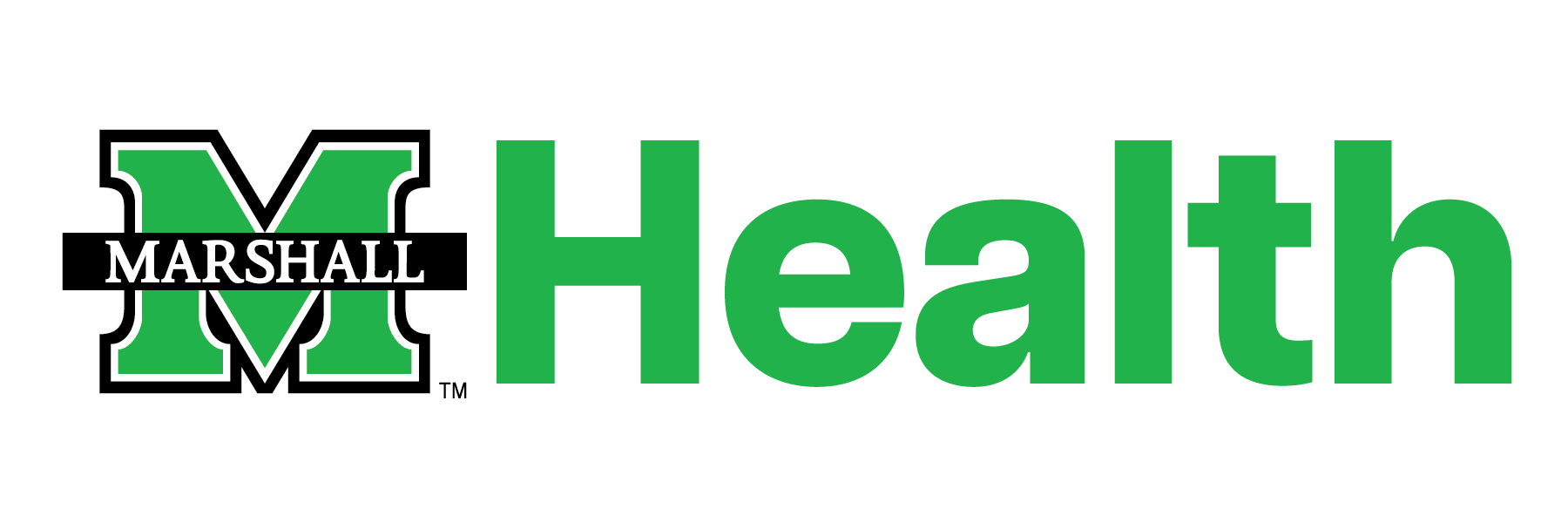Prayers Answered: First cousins find relief from tremors close to home

Tremors were such a part of one family’s past that a pair of cousins were sure they would become a permanent part of their future.
Maureen Breedlove and Lisa Perry grew up in Cabell County, West Virginia, seeing both of their fathers, who were brothers, live with essential tremors that caused uncontrollable shaking in their hands.
In adulthood, the women’s life paths took them different places – Breedlove to work in Virginia as a microbiologist and Perry to Kenova, while she worked at WSAZ-TV.
As they both reached retirement age, their essential tremors began to appear, and they both knew they wanted to do something about it.

“Mine began all at once,” said Perry, 66. “I was working and noticed something wasn’t quite right. I was shaking. I knew I couldn’t live like that.”
The onset of Breedlove’s tremors was more gradual.
“I started experiencing it in very small amounts in 2000,” said Breedlove, 76. “In microbiology, I dealt with holding petri dishes and reading them. I would notice my left hand would sometimes shake. It only bothered me every now and then.”
However, once Breedlove retired and couldn’t do what she enjoyed, she knew she needed to take action.
Right place, right time for care
Between 7 and 10 million people in the United States experience essential tremors, according to the National Institutes of Health.
In the ongoing search for a cure, doctors have found a way to relieve patients’ symptoms, and Breedlove and Perry found that relief available in their backyard.
In 2021, they both began seeing Neurosurgeon Heather Pinckard-Dover, M.D., and Neurologist Paul Ferguson, M.D.
Dr. Ferguson, professor and chair of neurology at the Marshall University Joan C. Edwards School of Medicine, told them about a procedure called deep brain stimulation (DBS) that is commonly used to treat essential tremors and Parkinson’s Disease.
The procedure involves placement of an electrode or lead into a deep structure of the brain — typically, one on each side. Once they’re implanted, the leads are connected to each other and a generator just below the collar bone, like a pacemaker.
The patient is awake during each procedure, so doctors can monitor their brain activity. While she initially was apprehensive, Perry found great comfort with Dr. Pinckard-Dover, director of stereotactic and functional neurosurgery and assistant professor of neurosurgery at the Joan C. Edwards School of Medicine
“I’m so thankful I found her. She’s the kind of doctor who will pray with you before the surgery, and my prayers were answered,” Perry said.
Handled with care
Once the procedure was complete, Perry and Breedlove visited Dr. Ferguson to calibrate their devices to a level to alleviate their tremors. Since their respective surgeries throughout 2021 and 2022, they see Dr. Ferguson for regular check-ups to check the batteries in their generators and address any concerns.
“We both get the same feeling from him,” Breedlove said. “When I’m in his office, he’s not concerned about anything else. He’s very down-to-earth and willing to answer any questions.”
When talking about their treatments, Perry and Breedlove share how happy the care they needed was so close to home.
“I’ve become kind of a proponent for it,” Breedlove said. “Not a lot of people have heard of DBS, and they certainly would think that you have to go to Pittsburgh, Morgantown or Cleveland to have it done. You don’t have to. You can have it done right here in Huntington.”
This story was previously published in WV Living Magazine.
